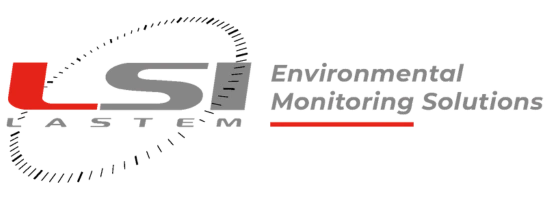Energy Efficiency in Buildings

Q. Prof. Salvalai, can you present your department and more specifically your role within it?
A. I am an Associate Professor of Technical Architecture at the Department of Architecture, Built Environment and Construction Engineering (DABC) of Politecnico di Milano. The research field concerns the study and innovation of innovative systems and technologies for the improvement of energy efficiency in buildings. The research activity is supported by the collaboration in experimental projects of real buildings. I am the scientific director of several projects funded by the European Union and of national research projects.
Q. For what type of monitoring do you use LSI LASTEM instrumentation? In addition to Home&BIM*, where we participated together with GFM Net and MainLab, did you use LSI LASTEM in other projects?
A. Yes, I’ve had the pleasure of using your systems for other projects, one among all the project funded by the European Union within the 7th framework program (EASEE project – Envelope Approach to improve Sustainability and Energy efficiency in Existing multi-storey multi-owner residential buildings). Your instrumentation has been also used in several consultancies for the assessment of building envelope’s performances, both opaque and transparent.
Q. How long have you used our instruments?
A. The first LSI LASTEM systems we used date back to 2013.
Q. What are the most important features of an instrument to be used in research?
A. Data accuracy, data security, robustness of the instrument and sensors over time.
Q. What are the suggestions for improvement and innovation that you would like to suggest for the continuous evolutions of our systems?
A. In my opinion, three aspects must be taken into account and continuously implemented: the size of the sensors, the data logger connection mode and the communication mode between the sensors and the data logger. The size of the sensors is a fundamental aspect that facilitates installation and interference with the user. The second aspect is of fundamental importance in case of applications, as often happens, in inhabited buildings. The presence of physical wiring makes the application inconvenient and difficult, so they tend to make short measurements with the least possible impact at the expense of effective data collection. The presence of wireless sensors (or other non-wired ones) has the undoubted advantage of having little impact and being more easily accepted. The data logger interface is another important point, an easy, safe and quick access to the data is essential to facilitate the user in the analysis and processing of the collected data. Cloud access is welcome even at the expense of a subscription fee.
